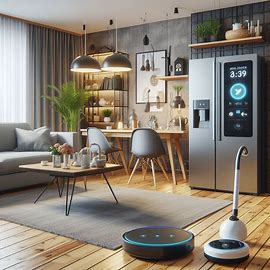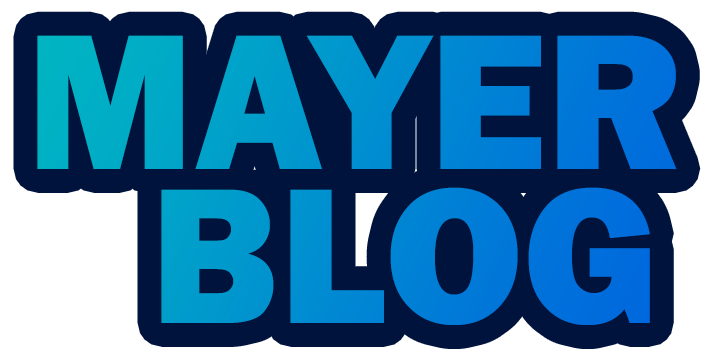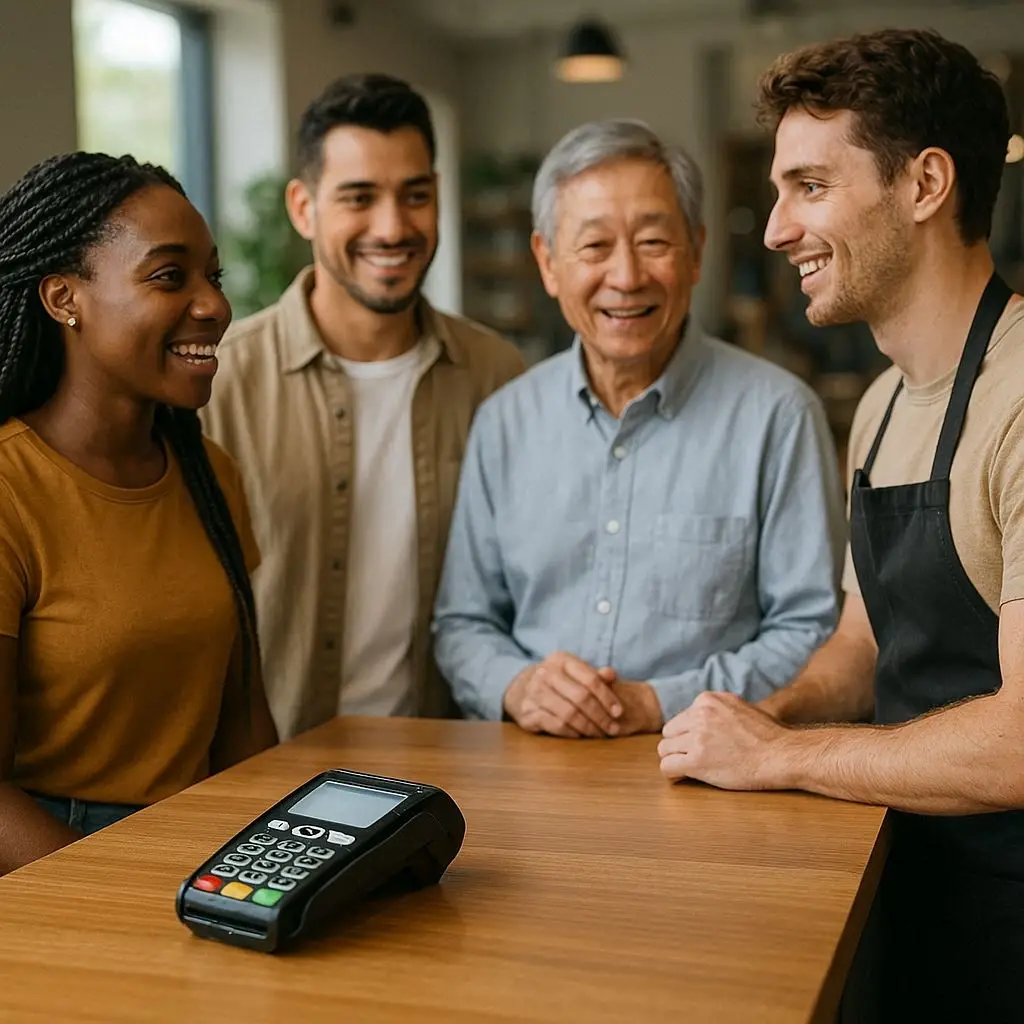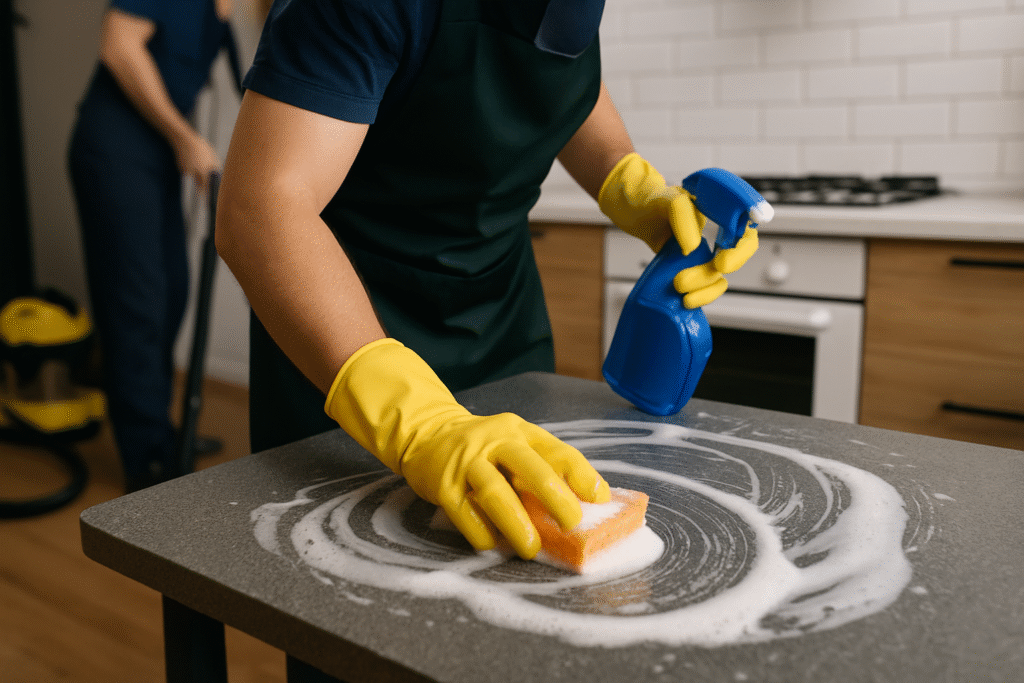In today’s fast-paced world, smart technology has revolutionised how landlords manage their properties. From enhancing tenant experiences to simplifying maintenance tasks, the integration of smart technology can lead to increased efficiency and improved communication between landlords and tenants. This article explores various smart technologies available for landlords and how they can streamline property management.

1. Understanding Smart Technology
a. What Is Smart Technology?
Smart technology refers to devices and systems that can be remotely monitored and controlled, often through mobile applications or the internet. In the context of property management, this includes everything from smart locks and thermostats to security cameras and home automation systems. These technologies can be integrated into rental properties to provide greater convenience and security.
b. Benefits of Smart Technology
The primary benefits of smart technology for landlords include:
- Improved Efficiency: Automating routine tasks can save time and reduce manual labour.
- Enhanced Security: Smart locks and surveillance systems can provide peace of mind for both landlords and tenants.
- Energy Savings: Smart thermostats and energy monitoring systems can help reduce utility costs.
- Better Tenant Experience: Modern amenities can attract and retain quality tenants.
2. Smart Locks
a. Keyless Entry Systems
Smart locks allow tenants to enter the property without traditional keys. Instead, they can use smartphones or key fobs. This technology enhances security and provides landlords with greater control over access. For example, landlords can grant temporary access to maintenance personnel without needing to be present.
b. Remote Monitoring and Control
Many smart locks offer remote monitoring capabilities, allowing landlords to check the lock status and receive alerts if someone attempts to tamper with it. This feature adds an extra layer of security and peace of mind.
3. Smart Thermostats
a. Energy Efficiency
Smart thermostats enable landlords to manage heating and cooling remotely, ensuring properties are energy efficient. These devices can learn tenants’ habits and adjust temperatures accordingly, leading to significant energy savings.
b. Remote Access
Landlords can access and control smart thermostats via mobile apps, allowing for adjustments even when away from the property. This is particularly useful for seasonal rentals, where landlords can ensure properties are comfortable for tenants before their arrival.
4. Home Automation Systems
a. Streamlined Operations
Home automation systems integrate various smart devices, such as lighting, heating, and security, into a single platform. Landlords can manage these systems from one application, simplifying property management tasks.
b. Enhanced Tenant Experience
Automation can enhance the tenant experience by providing convenience. For instance, tenants can control lighting and climate with voice commands or schedules, creating a comfortable living environment.
5. Smart Security Cameras
a. Remote Surveillance
Smart security cameras enable landlords to monitor their properties remotely. This technology can deter criminal activity and provide evidence in case of disputes. Many cameras offer features such as motion detection, night vision, and cloud storage for recorded footage.
b. Improved Safety for Tenants
Security cameras can enhance safety for tenants, giving them peace of mind. When tenants feel secure, they are more likely to renew their leases, contributing to tenant retention.
6. Property Management Software
a. Centralised Management
Property management software is a comprehensive solution for landlords, allowing them to manage multiple properties from a single platform. These tools often include features for tracking rent payments, managing maintenance requests, and communicating with tenants.
b. Streamlined Communication
Many property management systems facilitate communication between landlords and tenants, allowing for easy messaging and notifications. This streamlined communication can lead to quicker resolutions of issues and improved tenant satisfaction.
7. Maintenance Monitoring Systems
a. Proactive Maintenance
Smart technology can help landlords monitor the condition of their properties proactively. For example, smart sensors can detect leaks or humidity levels that may indicate potential problems, allowing for early intervention before issues escalate.
b. Automated Maintenance Requests
Some systems allow tenants to submit maintenance requests through an app. Landlords can receive notifications and track the status of requests, ensuring timely responses and maintenance completion.
8. Smart Appliances
a. Energy Efficiency and Convenience
Smart appliances, such as refrigerators, washing machines, and ovens, can enhance the tenant experience by offering convenience and energy efficiency. Many smart appliances can be controlled remotely, allowing tenants to manage their usage even when away from home.
b. Attracting Quality Tenants
Properties equipped with smart appliances can be more appealing to prospective tenants, especially younger demographics who value modern conveniences and energy efficiency.
9. Considerations for Implementation
a. Cost vs. Benefit Analysis
Before investing in smart technology, landlords should conduct a cost-benefit analysis to determine the return on investment. While some technologies may require a significant upfront investment, the long-term savings and benefits may outweigh these costs.
b. Tenant Education
It’s essential to educate tenants about the smart technology in their rental properties. Providing clear instructions and support can help tenants feel comfortable using these systems, leading to a more positive experience.
c. Privacy and Security Concerns
When implementing smart technology, landlords must consider tenant privacy and security. Ensuring that devices are secure and that tenants understand how their data is being used is crucial in maintaining trust.
Integrating smart technology into property management can significantly enhance the efficiency and effectiveness of a landlord’s operations. By streamlining processes, improving communication, and enhancing tenant experiences, smart technology can lead to higher tenant satisfaction and retention rates.
As the rental market continues to evolve, landlords who embrace technology will be better positioned to meet the needs of modern tenants while protecting their investments. By staying informed about emerging technologies and implementing them thoughtfully, landlords can streamline their property management processes and create a more profitable rental experience.




